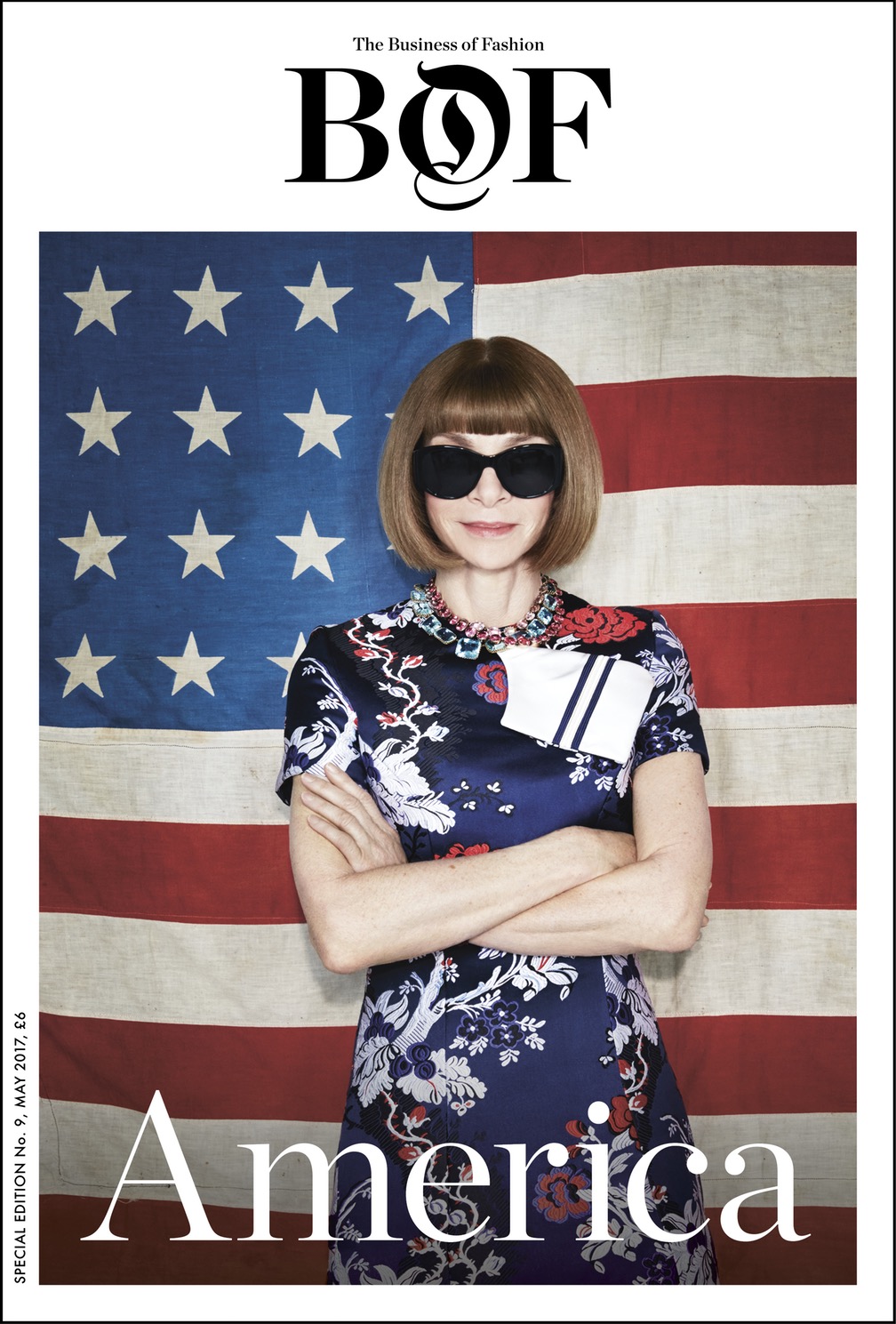“For every US$1 worth of clothes America exports, it imports more than US$14 worth.” This is just one of the stark economic statistics highlighted by the Business of Fashion in its current series of articles on the USA. With the world’s lens firmly focused on North America post Donald Trump’s election to the White House, BoF has dedicated its latest print edition to the fast-changing situation across the pond, and in it reveals some surprising and somewhat disturbing insights about the country’s fashion industry and how its performance is impacting upon the wider economy.
The fact that the United States has the world’s largest trade deficit is not news, standing at US$500 billion in 2015 according to the US Department of Commerce. However, what is perhaps less well known is how much the fashion industry contributes to this figure, a sizeable 22%. To put this into context, the United States imports US$82 billion more in clothes than it exports, mainly from Asia but also increasingly from South America. Drill down further and it can be seen that this widening gap is the result of the country’s increasing reliance on imports, doubling over the course of twenty years to US$87.9 billion, coupled with a corresponding fall in exports of US$300 million to just US$6.1 billion.
The steady shift of the country’s clothing manufacturing industry overseas has clearly had a significant impact on these figures. The Business of Fashion reports that while as late as 1990, the apparel manufacturing industry employed nearly 939,000 people, today, according to the US Department of Labor, it is estimated that the sector now employs less than 130,000. Perhaps, and seemingly obviously, the answer to this decline is to simply bring these jobs back to America, echoing the familiar cry on Donald Trump’s campaign trail?
Photo: businessoffashion.com / Shutterstock
Since the presidential election, several new initiatives have indeed been implemented to this end. In New York, where the garment industry has lost 83% of its manufacturing jobs in the last 30 years, the creation of a “Made In New York” garment production campus has been announced. Nashville is also investing in apparel manufacturing, and in Los Angeles, the country’s largest apparel production hub, an increasing number of large retail brands are exploring the possibility of setting up local facilities.
However, whether these small steps can eventually translate into a large garment producing-footprint is questionable. Many experts believe that so-called reshoring is only feasible for small quantities and highly specialised runs. “Bringing apparel manufacturing back to America in a meaningful way is an impossible task for a variety of reasons,” Edward Hertzman, consultant and founder of Sourcing Journal, told BoF back in November, describing the high cost of the country’s labor as an almost insurmountable barrier. And commenting on the lack of modern infrastructure to support a competitive large-scale garment manufacturing sector, Brian Dodge, senior executive vice president of public affairs of the Retail Industry Leaders Association (RILA) is quoted as saying, “It will probably never happen, but if it did happen, it would probably take decades.” So, what is the solution?
Many actually dispute the way the trade deficit is calculated. They believe that rather than allocating the value of a garment wholly to the country that supplied most of its labor, it should be divided among the countries where its various components are produced, including the origin of an item’s intellectual property. And while as BoF points out, this won’t stop the decline in domestic manufacturing, it will at least paint a more accurate picture of the contribution US fashion brands make towards the local economy, as well as acknowledge the value added by millions of Americans who contribute by way of design, creativity, retail and ancillary industry services.
Dame Natalie Massenet, Diane Von Furstenburg, Imran Amed and Theory Chief Executive Andrew Rosen pictured in New York to celebrate the launch of BoF's American themed print edition / Photo: @bof
Despite this rather bleak picture, it belies the fact that there are clear opportunities in today’s America too. As BoF’s editor-in-chief Imran Amed explains, “In Hollywood, the ringmasters of American entertainment at behemoths like WME-IMG and CAA have their eyes firmly fixed on the opportunity as fashion becomes a bona fide pillar of popular culture. Meanwhile, over in Atlanta, Georgia, a start-up has become the face of a new industrial revolution in garment manufacturing, giving birth to robots that can produce fashion goods with little human labour.”
And commenting on the state of the business of fashion in the US since she started at Vogue, Anna Wintour reveals in an interview for BoF’s ‘America’ issue that she believes that it is so much easier today for young talent to emerge and be recognised and to find a customer. “If you are talented and you use a modern way to communicate and you do all the things that you need to do, you can be established so much more quickly,” she said, adding “I think when things are challenging and different, it’s actually also a very exciting time, because it does give you a freedom to try different things.”
Read the articles in full on BoF here




